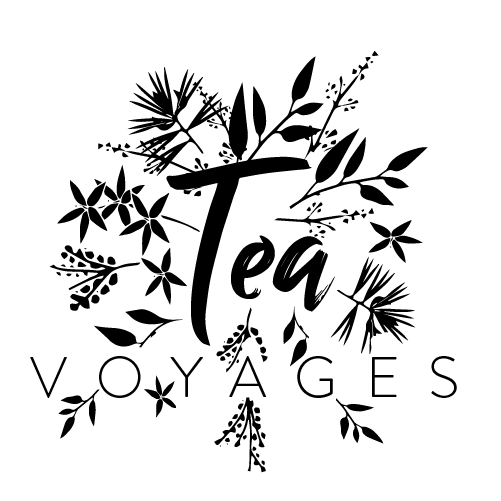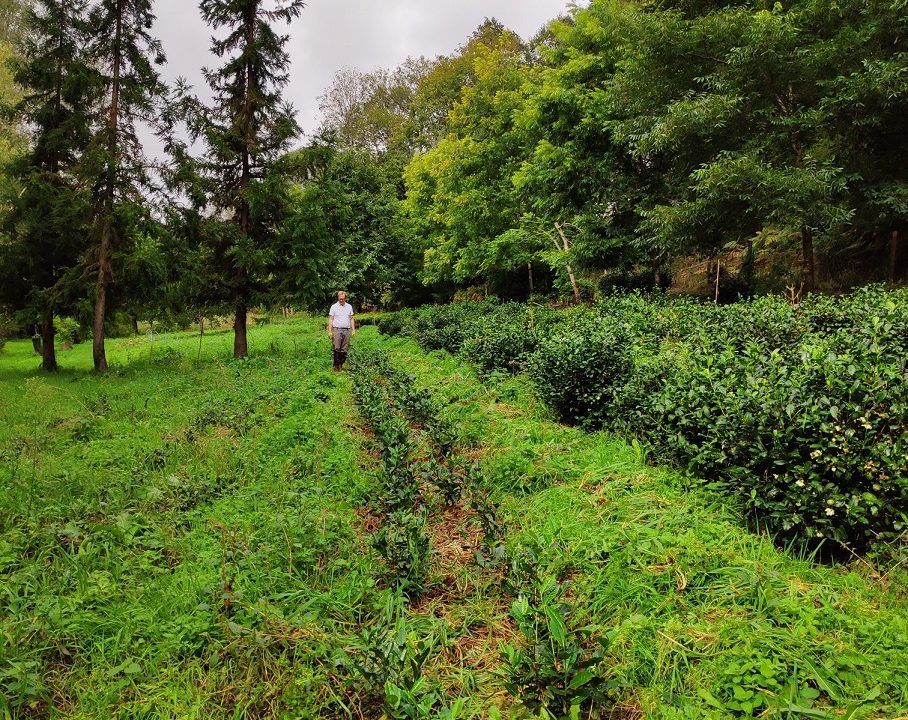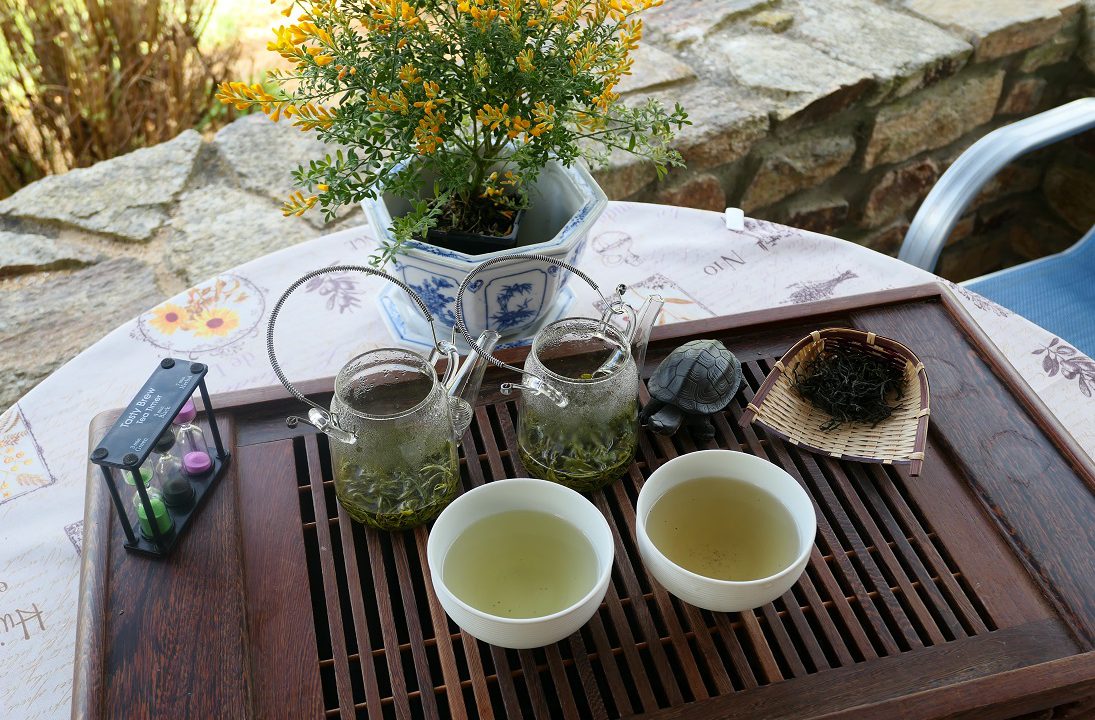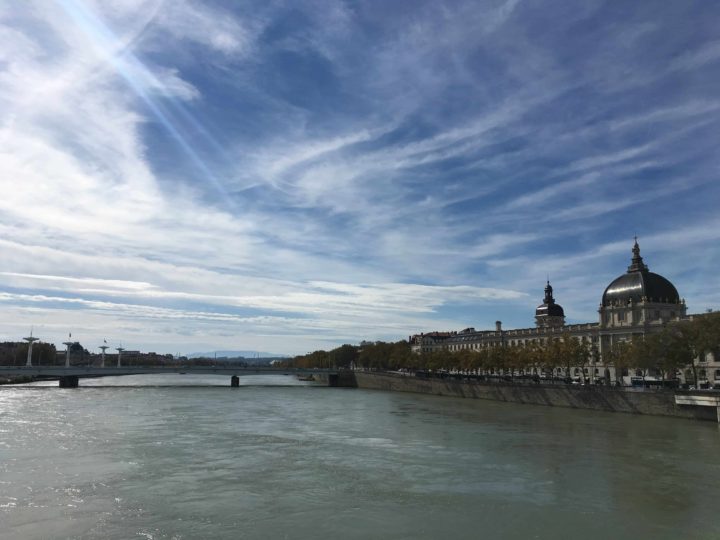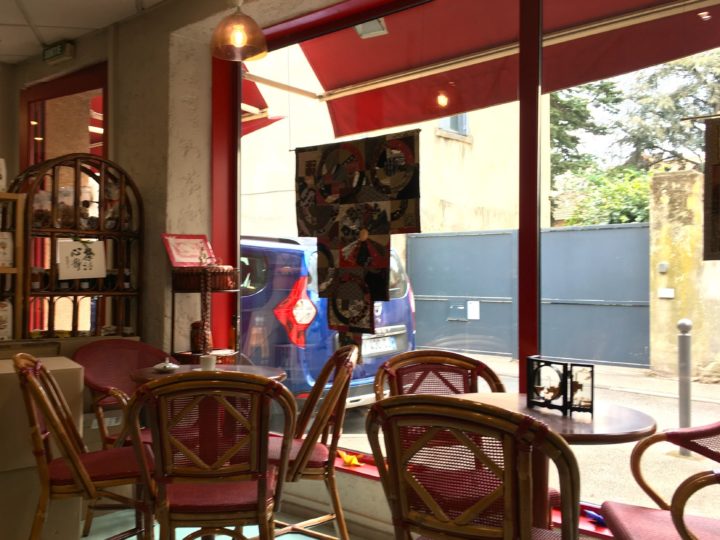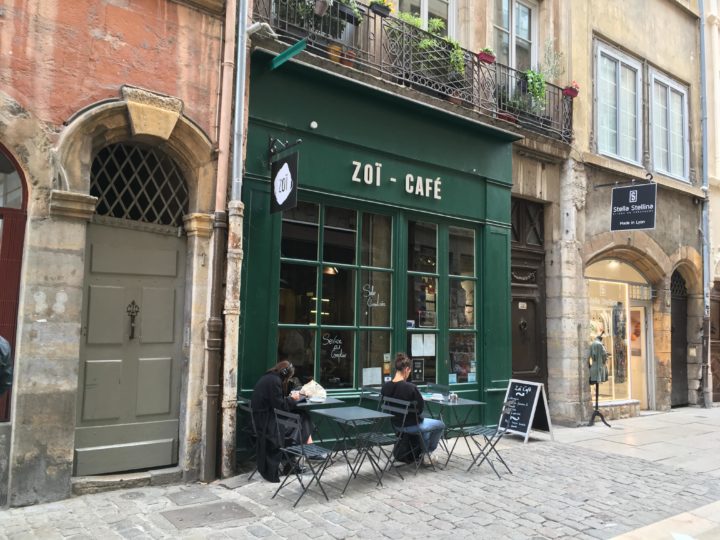If you have ever wondered how a flavor of Brittany could taste in a green tea, look no further! The memories of a trip in China in the 1980s and a sip of Longjing led Denis Mazerolle to start growing tea in Brittany in 2005.
Fifteen years later and after countless trials alongside other local farmers, he commercializes his first organic teas in Spring 2020, all grown in his tea garden, named Filleule des Fées (Goddaughter of the Fairies).
In this interview, Denis Mazerolle shares his recollection of his first trips in China, in particular in the village of Longjing, his experience of running a tea farm which makes the most of the local terroir and fosters sustainability, as well as his non-profit organization “Tea Grown in Europe”.
TeaVoyages.com : What prompted you to start your tea adventure, and most surprisingly in Brittany?
Denis Mazerolle : I’ve always nurtured a passion for plants in general. Since we own a house with a piece of land, my wife and I began our first trials by 2005 – 2006 with several plants, including tea bushes.
At that time, it was not easy to find supplies of Camellia Sinensis tea plants but we managed to get ten of them at the Thoby nursery (Gaujacq, Aquitaine). Some others were Kolkhida cultivars that had been domesticated in Georgia during the Soviet Union era, or purchased on the Internet.
They grew organically with little or no maintenance. Half of them were eaten away by the deer, five were spared and resisted well. Four to five years later, we realized that these plants kept growing over the brambles and ferns quite beautifully in our prairie.
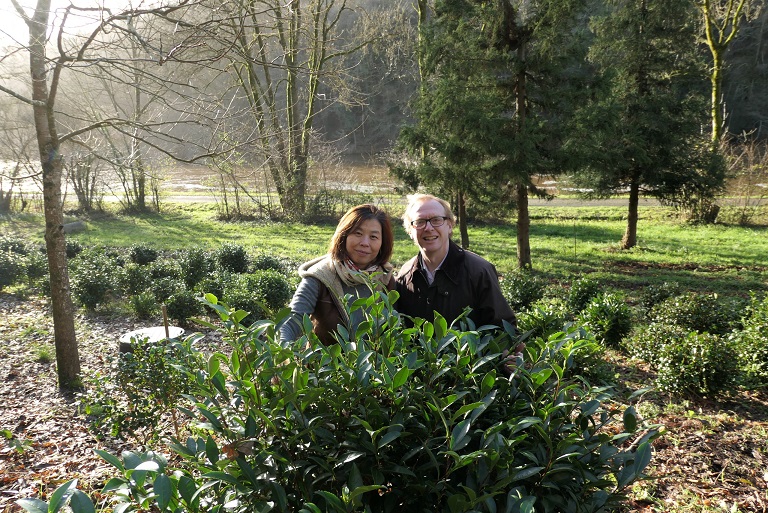
Would it be fair to say that these first surviving plants were the motivation for you to keep going?
Absolutely. We decided to pursue the experience but were far from turning professional back then. One Spring day, we noticed a flush of young fresh leaves that we harvested and used to brew our very first tea, in a rather rustic manner. My wife and I are both very fond of green tea, so we heated them in our wok, very quickly, in the Chinese manner.
The aroma seemed quite appealing to us, so we pursued further with 200 tea bushes. Some came from different corners of the globe, others had been growing for several decades in Brittany’s castle gardens, such as the Domain of Trévarez.
In 2019, an announcement was made that these teas would be commercialized for the very first time. What happened since this very first flush?
Eight full years were necessary for a complete maturation of the plants of two years of age; we obtained crops in the 3rd year.
In 2013, we had cuttings made from the tea bushes that were most likely to produce green tea, this took us two years and a half.
We had our very first crop three years later, by 2015 – 2016. In the meantime, we improved our manufacturing process.
In 2017 – 2018, we expanded this experimental garden to 2000 plants, our production began in 2020 and resulted in moderate outputs due to a mild climate and also out of a deliberate choice we made.
Could you describe the harvesting process?
The tea leaves are entirely harvested manually, and the picking phase represents a key position in the whole process. The commercialization of our teas would ensure our farm is sustainable on the long run. We are supported by the Hennebont horticultural school for planting and harvesting.
Since 2019, our manufacturing process has been even more steady with the acquisition of machinery for the rolling, withering, oxidation and final drying stages. This year, we will get green tea of excellent quality, as well as black tea.
When do the harvests take place?
We have 6 crops per year since we have grown over a hundred of varieties. The very first flush begins during the 2nd week of April and lasts until June. The second one starts in September. We are able during the harvest process itself to determine which tea leaves will be used for the manufacturing of green tea, and which ones for black tea.
What are the characteristics of your tea garden?
Our tea grows in a valley close to the Blavet river which crosses Brittany from North to South.
The Blavet valley is exposed to a dense mist, particularly palpable in the morning. The land presents itself with a slight slope which ensures a very good soil drainage.
And mostly, it’s a soil that has never been cultivated before and is very deep. It contains some acidity which is frequent in Brittany. These various features make it particularly appropriate for tea growing.
What distinguishes your green tea from others’?
Because of the features of our terroir and our manufacturing process, our green tea tends to be different from those produced in intensive cultures where warmer climates make it challenging to discard fertilizers or chemical substances against parasites. As a result, our teas are certified organic.
An expert from Mainland China who tasted them told us they reminded him of some fine teas he tasted 20 years ago which cannot be found anymore. In those areas, intensive monoculture has altered the soils and the use of fertilizers has had a standardizing effect on them.
Over 100 varieties can be found in your tea garden…
Absolutely, and they stem from an entirely natural pollination. As a result, some are yet to be identified.
Last year (in 2019), we harvested around 8000 seeds, all organic. We dedicated a hectare of our exploitation to plant these seeds. This year (2020), we will plant 2 more hectares with cuttings of plants that are between 5 and 15 years of age, their quality has all been verified.
How do you proceed with flavor fixation?
Beforehand, we have identified which features of our tea plants produce good quality green tea or good quality black tea. From this year on, we will more systematically produce teas from one single tea tree, and strive to progress from the best tea bushes. The presence of several different types of tea plants prevents us from the risks encountered in monoculture, such as the risk of disease which can jeopardize an entire crop.
Is your focus on green tea driven by an attempt to get close to existing Chinese green teas?
Not really, actually. We are of course very much inspired by Chinese green teas but ours is cultivated in Brittany and we strive to bring out the aromas of our terroir. You can sense the difference from the very first sip.
How is the aroma and flavor fixation carried out?
For green tea, we follow the high temperature fixation process which we master pretty well. It’s a very short and quick operation which takes no more than a few minutes. The leaves should not burn, nor be subject to a temperature that prevents the fixation of the aroma. A sense of timing is required, you must know when is the right moment to stop the process.
As to black tea, the process can be more flexible than for green tea, both withering and oxidation depend on the level of surrounding humidity, there is no fixed duration.
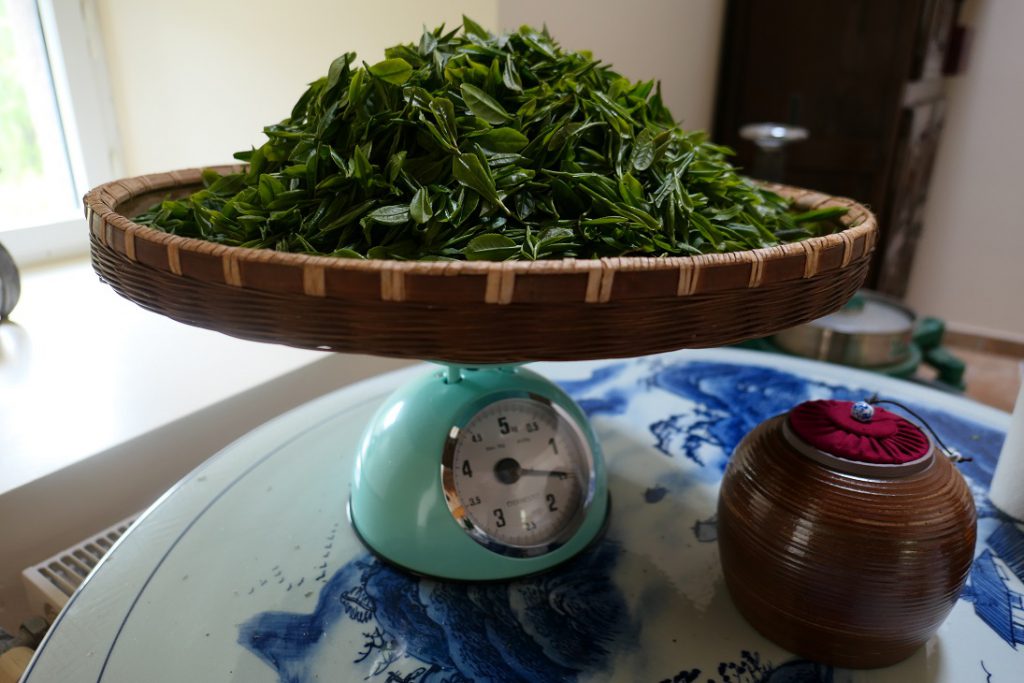
In other words, you and your spouse are the tea masters who determine the flavors of the teas you manufacture…
Exactly. When we get to this stage, the room in the warehouse where we operate is filled with lots of aromas and all our senses are heightened. For now, we are operating entirely manually but this experience shall be extremely useful when we turn to an automatized manufacturing process in a few years.
What tea are you having this morning?
A green tea which comes from the leaves harvested a month ago after a winter season which was not too harsh. We have pruned some protruding leaves, some were well developed even though the stem was still green, not woody, and we had them tossed in our wok. This tea is smoother, more subtle than our basic green teas but it holds the same characteristics.
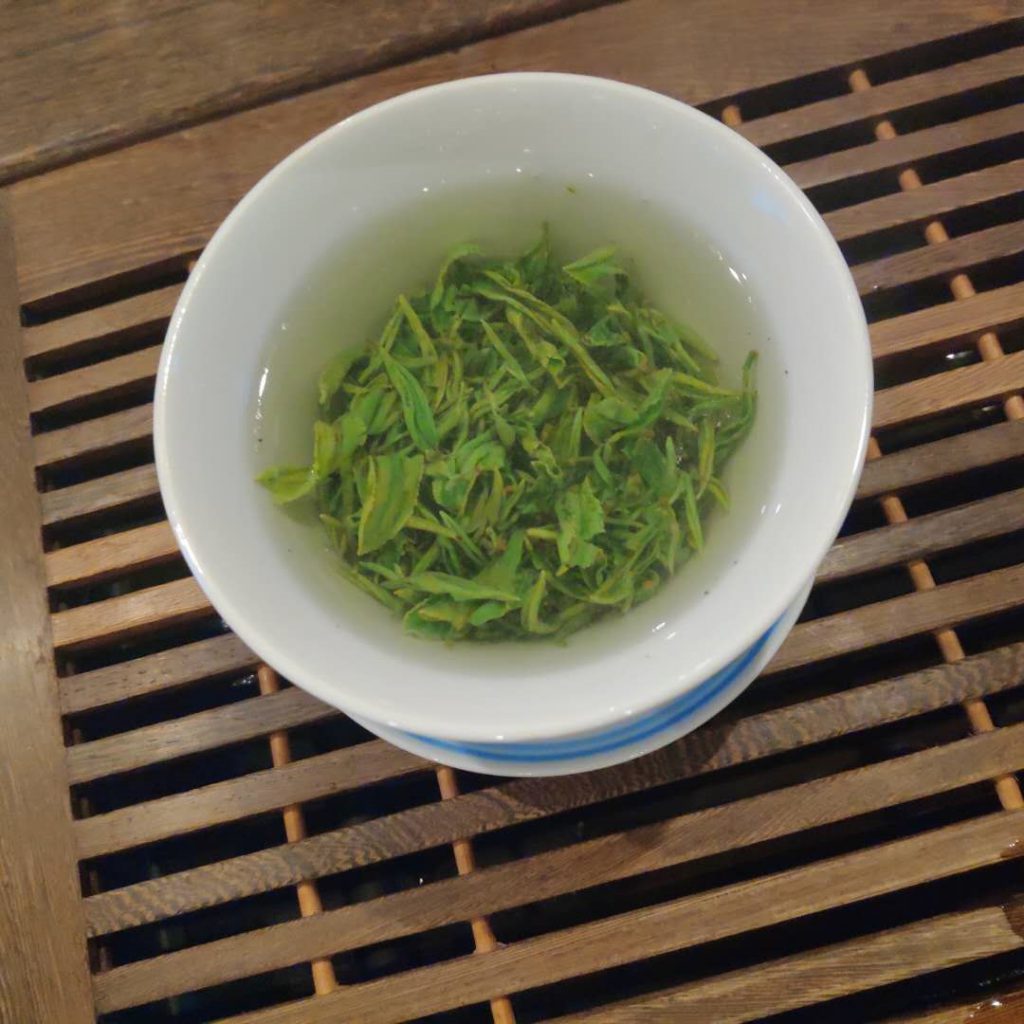
Are there other projects currently in development?
We have tried to make tea bricks, like pu’er, but some more work is required. We intend to resume in October – November by using leaves with stems… We really much admire the tea culture in Asia which is a source of inspiration for these compressed teas; however, we would like to give them a local aspect that is reminiscent of Brittany.
How could a tea reminiscent of Brittany taste like?
It’s a tea from our terroir that possesses the characteristics of our prairie’s green teas, a bit of bitterness and very little astringency,
but mostly carries natural, herbal, vegetal aromas… of hay, of wild plants, of the flavor one can breathe when approaching the Blavet river in the morning… all of which are entwined in our tea. Its texture is particularly smooth when brewed with our local water.
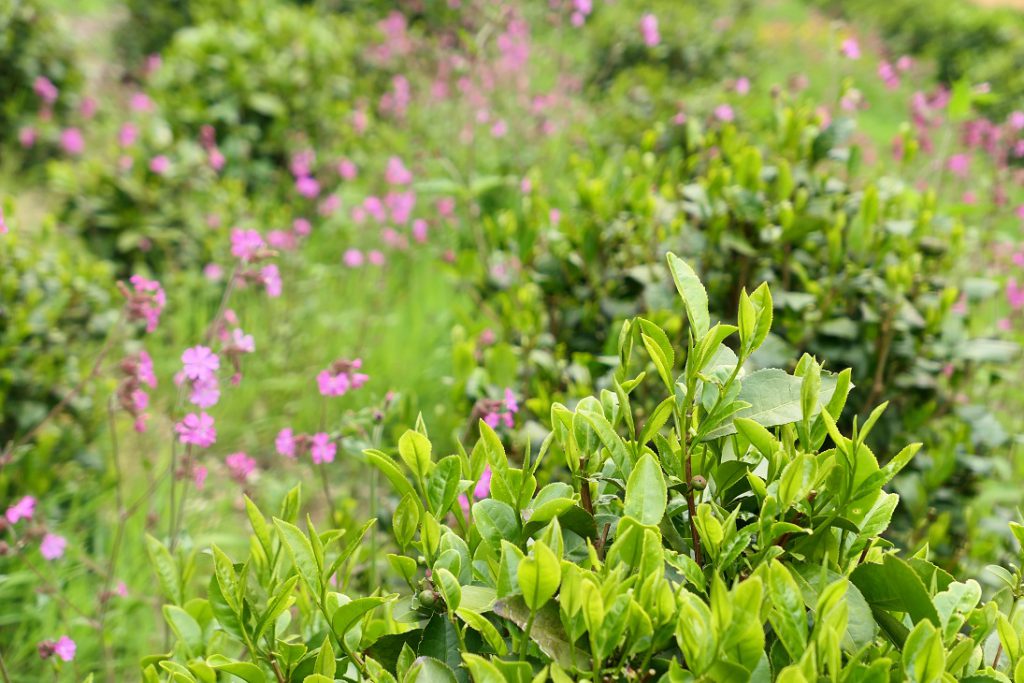
It seems your efforts have mostly been focused on green tea so far… How come?
I’m an authentic green tea addict which I’ve discovered during my very first trip in China, in 1983. At that time, my experience was limited to the teabags of broken tea leaves that could be found in France, they were so dull to me.
I was studying Chinese at Inalco and was attending a linguistic stay in Shanghai during which I had the chance to visit Hangzhou as well as the village producing Longjing (龍井, Dragon Well Tea).
At that time, Mainland China had just opened up to the outside world and started to develop economically. Moving around was no easy, buses were scarce, there were no more than a few circulating each day.
How was it to travel to China back then?
It was not simple to arrange because there was no individual visa delivered from France. I had to go to Hong Kong in order to obtain one. Then, once I got to China, buying a train ticket was a daunting task. I recall that travelling during summer was particularly challenging, especially in the total absence of air conditioning.
By the time of my first trip, only 20 cities were open to foreigners, then it expanded to 200, 300 cities. Travelling to smaller villages and the countryside progressively turned easier throughout the years.
These various trips were extremely meaningful to me, I learned a lot about human relationships. It opened my eyes on how it was possible to have a much more restrained lifestyle than in the West. These trips shaped me at a very deep level and were a tremendous, valuable experience to me.
Did you often return to China during this period?
I returned at least once a year until 1987. Most of the time to visit tea producing areas: Sichuan, Zhejiang, Fujian, Jiangsu, the Dong Ting (洞庭) area in Northern Hunan where Bi lo chun (碧螺春) is manufactured…
Let’s get back to the Blavet valley tea. How about the commercialization planned for 2020?
We hope to reach out to tea lovers who look for a different taste, one that comes from our terroir. Our output in 2020 will be confidential, around 20 – 30 kg, but we expand the plantations each and every year, and hopefully we shall plant up to 10 hectares in a near future. We have deliberately opted for a low yield manufacturing model which we shall sustain by providing a premium product.
In Mainland China, the average yield is 1 ton of dry tea per hectare. In intensive crops, the yield can go up to 3 tons per hectare.
Here, we produce 200kg of dry tea per hectare but with an outstanding organic quality.
How is it possible for interested tea lovers to taste your teas?
Commercialization will soon begin (as of Spring 2020). Those interested will be able to sponsor a batch of tea bushes and receive at home the tea manufactured from these. There are large batches of 60 bushes, and smaller ones of 15 bushes. Green tea and black tea will be delivered quickly after each crop.
The sponsorship is for 1 year and costs 100-ish euros for the small batches. It is renewable but you should expect the teas to differ from one year to the next. The 1600 tea bushes available for sponsorship were planted in 2018 and are producing tea since this year. This is, in a nutshell, how sponsors taking part in this program can directly contribute to our project.
Is sponsoring tea plants the only way to taste your teas?
The rest of our output will be on sale directly via our website.
As a start, notably for the sponsors of the tea plants – who will enjoy access to our plantations as well as joining our workshops, we focus on premium tea products. Prices will range between 1000 and 2000 euros per kilogram. However, if you consider that only 2.5g is required to brew a cup of tea, this is really not so astronomical, knowing that teas of such quality can be brewed at the very minimum at least two or three times.
Then, the next step would be to propose some more affordable tea products when our manufacturing process expands and is more streamlined.
Is it possible to taste before buying?
We will join a few local events planned in June and July 2020. Normally, on June 14th, we will present our tea products at Tous à la ferme. From mid-July onwards, we shall be joining two other events, one at a farmers’ non-profit organization, the other one at the city hall of Languidic.
What does growing organic tea entail besides the absence of pesticides?
There is no input nor fertilizer. Besides, growing tea involves sampling biomass and the need to compensate it. For now, we obtain interesting results with stray and wood shavings. Maybe, we’ll realize a few years down the road that other methods could work too, or that it would be fine to introduce some types of fertilizers such as wrack, which is not uncommon in Brittany. Our model is not static.
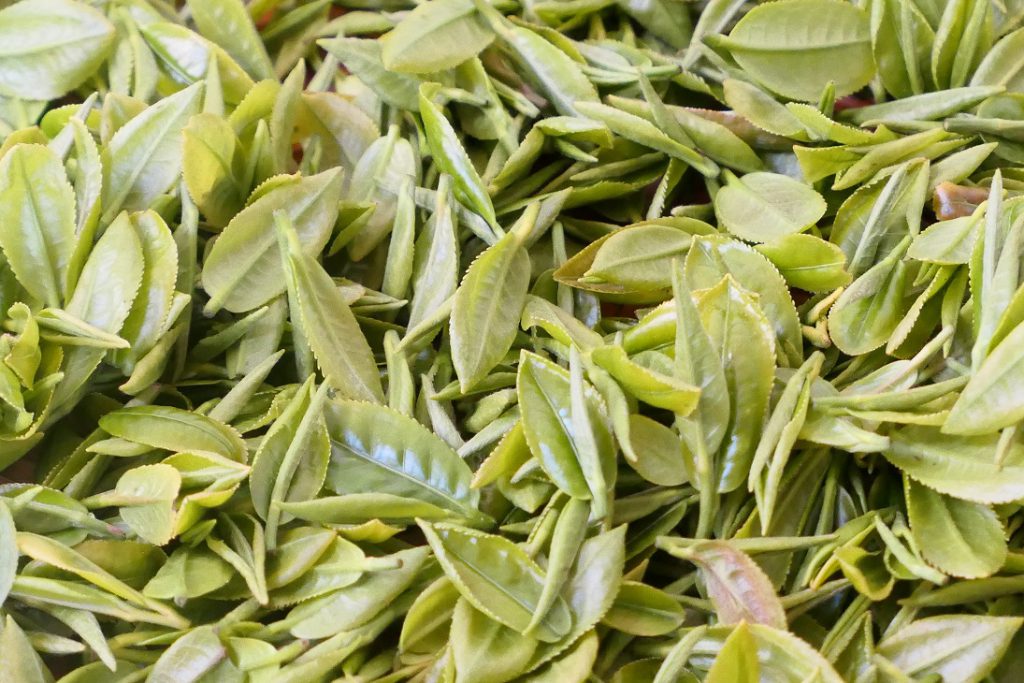
Does your project generate employment at this stage?
In terms of employment, our forecast is that it should generate 3 full-time equivalents (FTE) per hectare. An exploitation of 10 hectares could employ up to 30 FTEs. Workforce is hired on a seasonal basis following the harvest calendar and mostly touches upon the maintenance of the plantation. We are currently in the process of recruiting a person.
What other economic outcomes are expected?
Growing tea in Brittany definitely constitutes a high-added value and a highly ecological culture, which is not the case with intensive monoculture crops.
In our exploitation, tea bushes are grown on soils which benefit from a permanent land cover, resulting in a carbon footprint in better condition than the natural prairie.
Besides, one detail worth highlighting is that the lands we cultivate might not be of interest to most farmers. Indeed, they are sloped most of the time, do not present themselves in large square batches which usually accommodate machinery work.
What are the most striking differences in organic production inside and outside the UE – if any – in your opinion?
The approaches are comparable but the outcomes differ due to specific regulations and practices.
For instance, in Georgia, cultures are now much less intensive and more ecological-friendly than during the Soviet Union era. The organic tea produced there is of very good quality. Likewise in Scotland and Portugal.
Despite the varying labor costs throughout Europe, producing “high environmental quality” tea is definitely a consistent trend.
You also plan to develop a European tea label. What would be its main features?
Production and manufacturing processes that embed organic and “high environmental quality” practices would certainly constitute major aspects of it. However, a much more significant output would be required to advance on this project.
At first glance, it seems that tea cultivation represents a professional rebirth for most members in your non-profit organization Tea Grown in Europe…
Not exclusively. Our non-profit organization counts three fresh and recent graduates who own family lands or plan to acquire some in order to start a farming business including a tea project. One of them has just ended their degree at AgroParis Tech. We hope they will be able to benefit from public funding since the operating costs of one hectare of land requires an investment between 30 and 40k€.
We have a fresh graduate from a major agricultural college whose father is a farm operator. Their family farm is very successful. Both of them consider tea as a diversification strategy of high added-value whose profits are within reach in a reasonable timeframe.
How many members are part of your non-profit organization? What is the application process?
We currently have 31 members. New members are co-opted by vote. We request the future member to submit a letter, a presentation of their project, a cv, what they expect from joining the organization and how they could contribute to it. An organic certification is by no means a prerequisite but the application of sustainable farming practices certainly is.
At your current stage of development, what is, in your view, the main contribution of European tea to the world of tea in general?
One current trend in France is that high end teas from prestigious brands are not necessarily organic, on one hand. On the other hand, tea products commercialized in organic outlets are of medium or lower quality. Our teas are distinct from scented teas or other tea products which carry an exotic imagery but might actually originate from intensive crops.
Our teas are local products, 100% made in Europe and totally traceable. What we propose is essentially a premium organic tea product from our terroir.
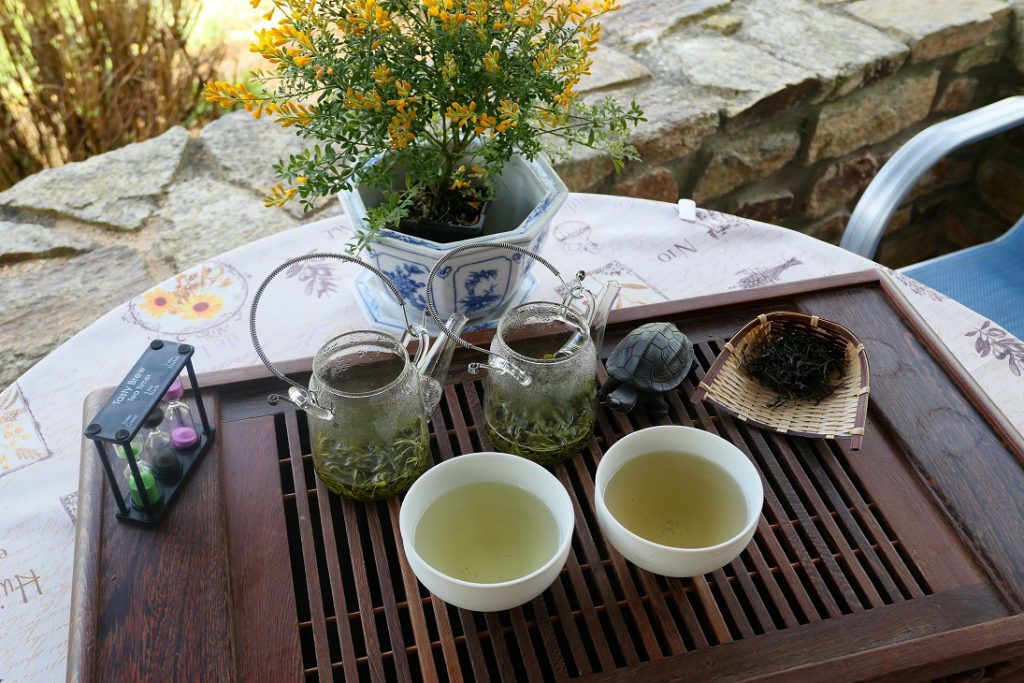
Interview conducted in February 2020 by Marie-Claire Thao (Original version in French here). Pictures provided by Denis Mazerolle.
Visit their website Filleule des Fées
